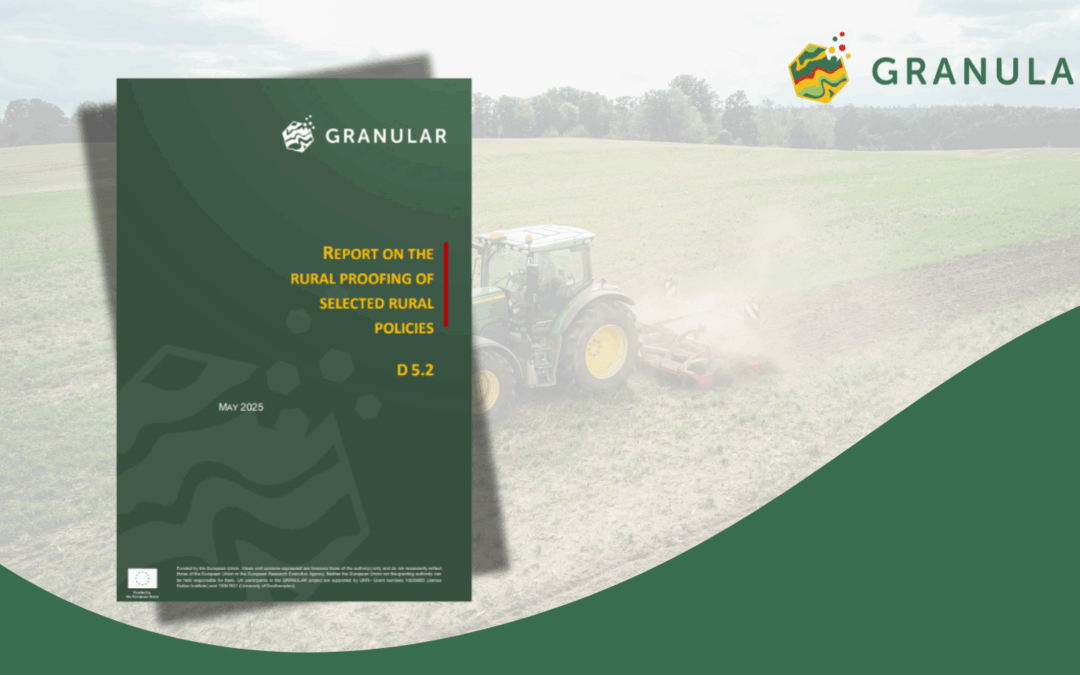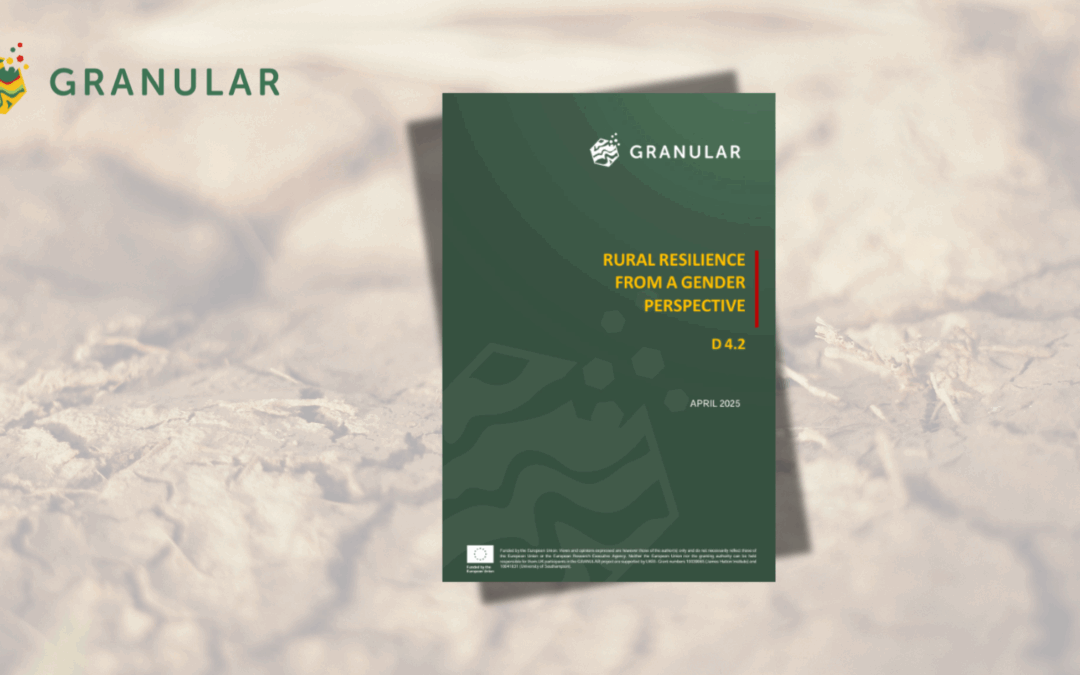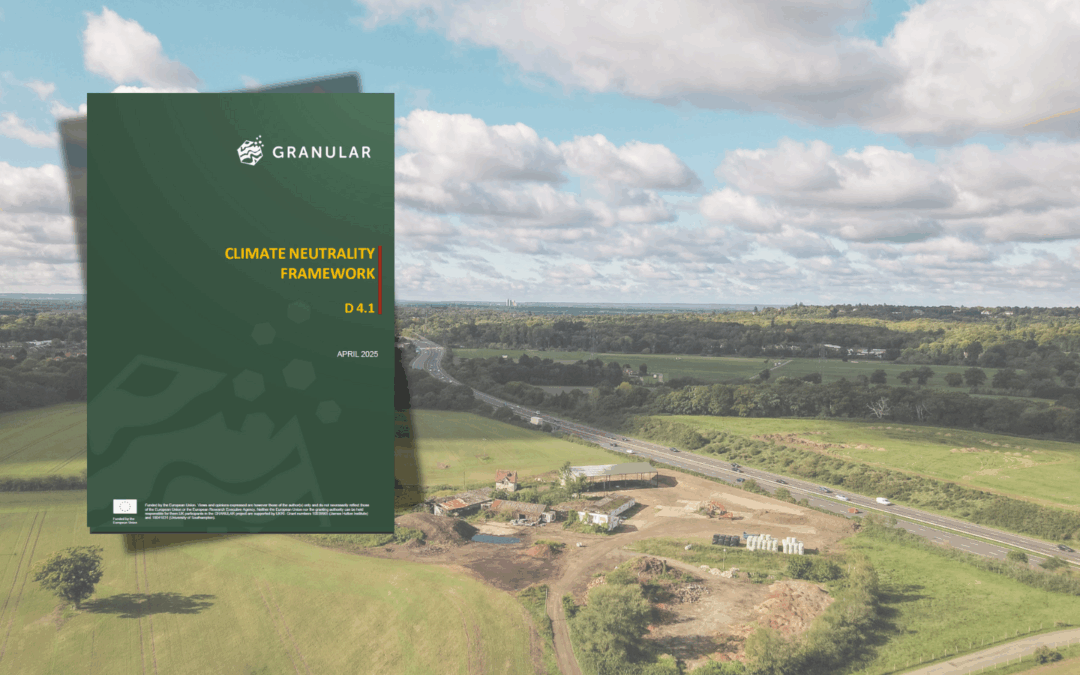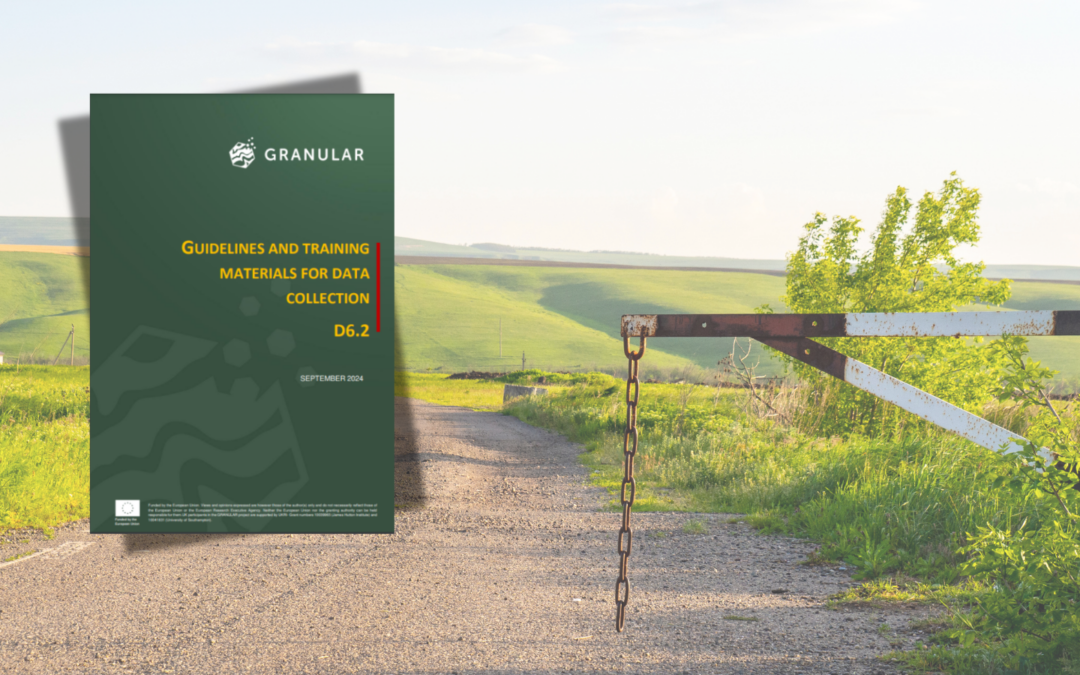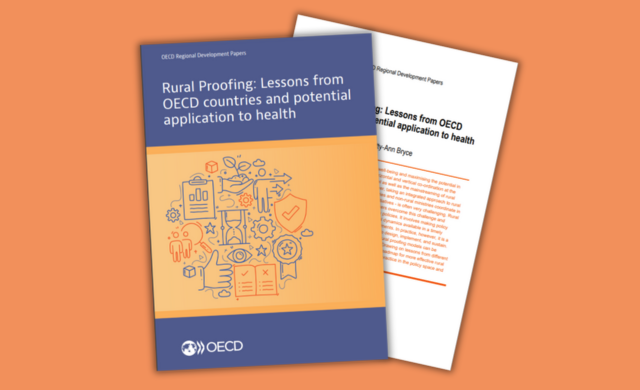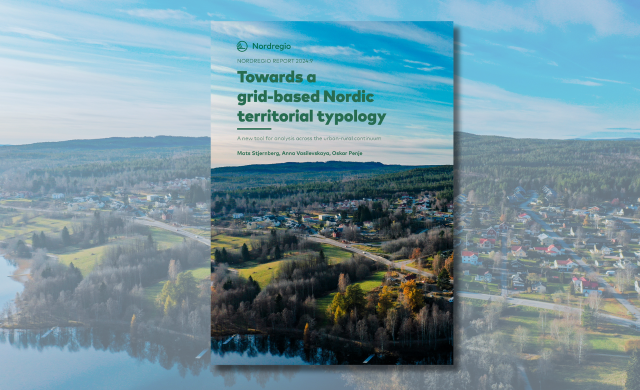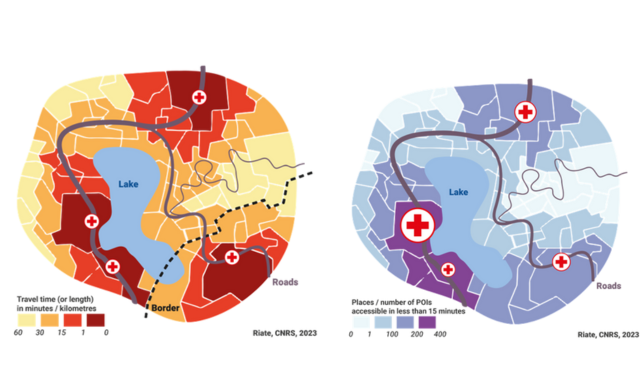Authors: Mats Stjernberg, Gustaf Norlén, Anna Vasilevskaya & Carlos Tapia, Nordregio
In this blog post, Mats Stjernberg, Gustaf Norlén, Anna Vasilevskaya, Carlos Tapia from Nordregio, present some key considerations towards developing an EU-wide rural typology in GRANULAR. These considerations are based on the learnings from their “Scoping report on European rural typologies”, published recently in the scope of the GRANULAR project.
We need a more nuanced understanding of rural diversity and rural-urban interlinkages
A key starting point for GRANULAR is that there is a need for a more nuanced understanding of the diversity of rural areas and the interlinkages within the rural-urban continuum in Europe. Against this background, one of the activities of GRANULAR is to develop a multi-criteria territorial typology for the EU rural areas that is aligned with key policy priorities. The initial phases of this work have consisted of carrying out a scoping of existing territorial typologies across Europe and a comparative assessment of these typologies focusing on how they are used, how they are constructed, as well as their main strengths and weaknesses. This resulted in a scoping report on European rural typologies, which provides a way forward for the coming stages of work.
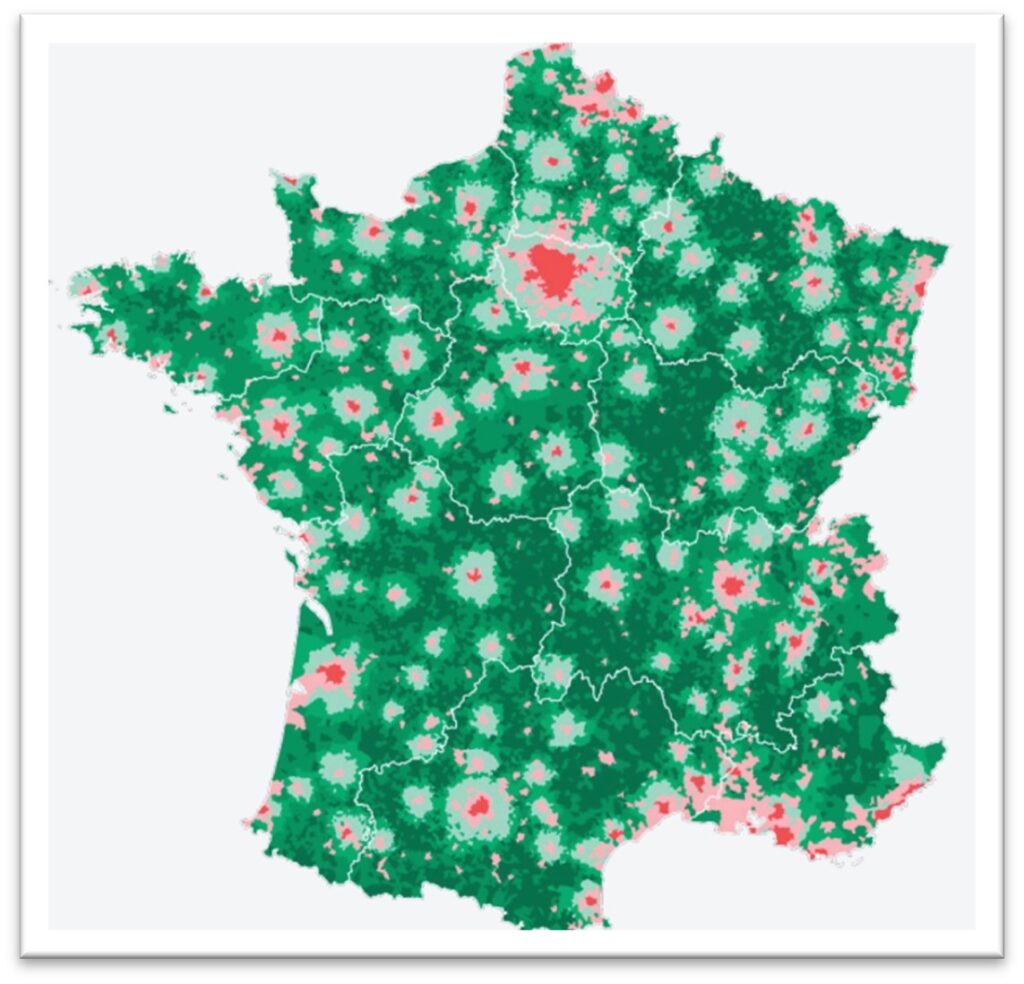
Typologies are simplifications of reality
An important consideration is that typologies are always simplifications of reality, and no territorial classification can fully grasp the complexity that they seek to capture. When developing a typology, it is central to consider exactly what one wants to measure and to develop and use the typology for that specific purpose. For instance, before deciding on aspects such as the approach, territorial level, and data and variables to be used in the typology, it is key to consider what the main purpose is.
For instance, is the typology designed to separate urban from rural? Is it to characterise different types of rural areas from a specific perspective? Or is it to measure access to jobs or services?
From a user perspective, it is also important to communicate what the typology is primarily intended for and its possible limitations. It should also be reflected on how rurality and its different classes are defined, as typologies might be used in ways that further re-enforce certain stereotypes. For instance, if a typology only focuses on a specific issue, such as centrality, there is a risk of overlooking other qualities of rural areas that may be highly relevant.
GRANULAR’s work for a EU-wide multi-criteria typology
From the perspective of developing an EU-wide multi-criteria typology for the GRANULAR project, the starting point will be to relate this typology to the Degree of urbanisation classification, which is the most established typology at the European level.
Instead of devoting our efforts to develop an alternative delimitation of rural areas (as opposed to urban ones), our work will focus on more flexible conceptualisations of territorial functions and spatial interactions to enable a better understanding of existing ‘ruralities’ in Europe. Based on our comparative analysis of existing rural typologies, there are also arguments for using a relatively simple and easily understood method. To ensure continuity and that a typology remains relevant, it also seems advantageous if the data sources used are freely and easily available, as this will facilitate regular updates.
When deciding on the spatial level of the typology, it is important to weigh the advantages and disadvantages of data at different levels. For instance, an advantage of presenting the typology at the level of Local Administrative Units could be that these units are well-known and established, thus making it potentially easier to communicate the results and incorporate other statistical data existing at this level into the typology. From the perspective of providing a more nuanced understanding of rural diversity, there are arguments for presenting the typology at a more fine-grained grid-level, but a potential limitation is that there may be less available data at this detailed level that could be used in an EU-wide typology.
In the development of any typology, it is important to strive to be as transparent and impartial as possible. Many of the typologies that we examined in our report have been developed with the support of different expert groups, which has proved to be valuable for getting different perspectives from a research, policy, and practice point-of-view, to be considered in the typology development.
What is coming next?
In order to develop the GRANULAR typology, it will thus be important to anchor our work and findings from scoping report with GRANULAR partners, including from the perspective of the GRANULAR Living Labs and Replication Labs. The typology is expected to be finalised towards the end of the project in 2026.

